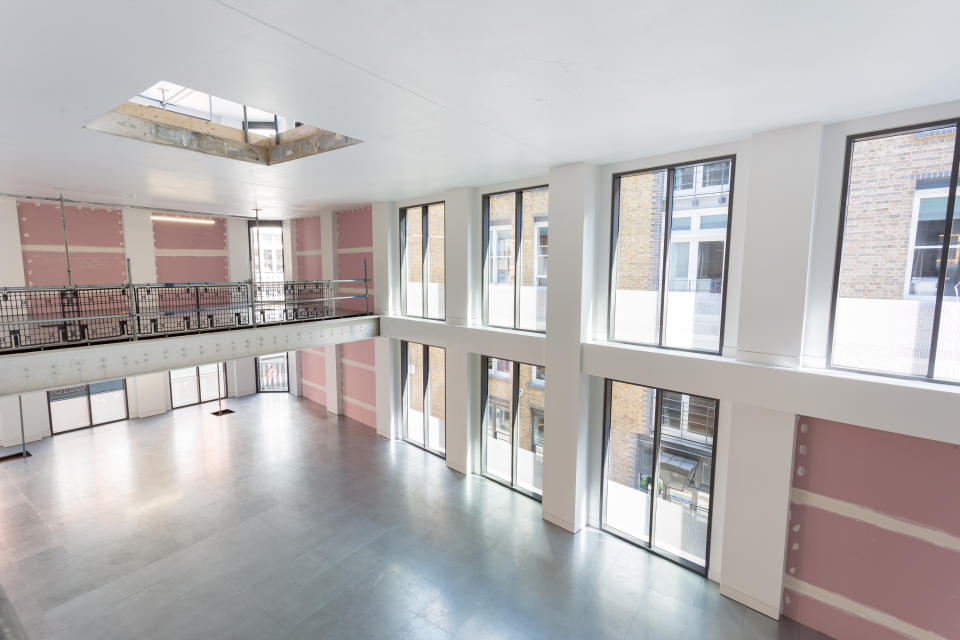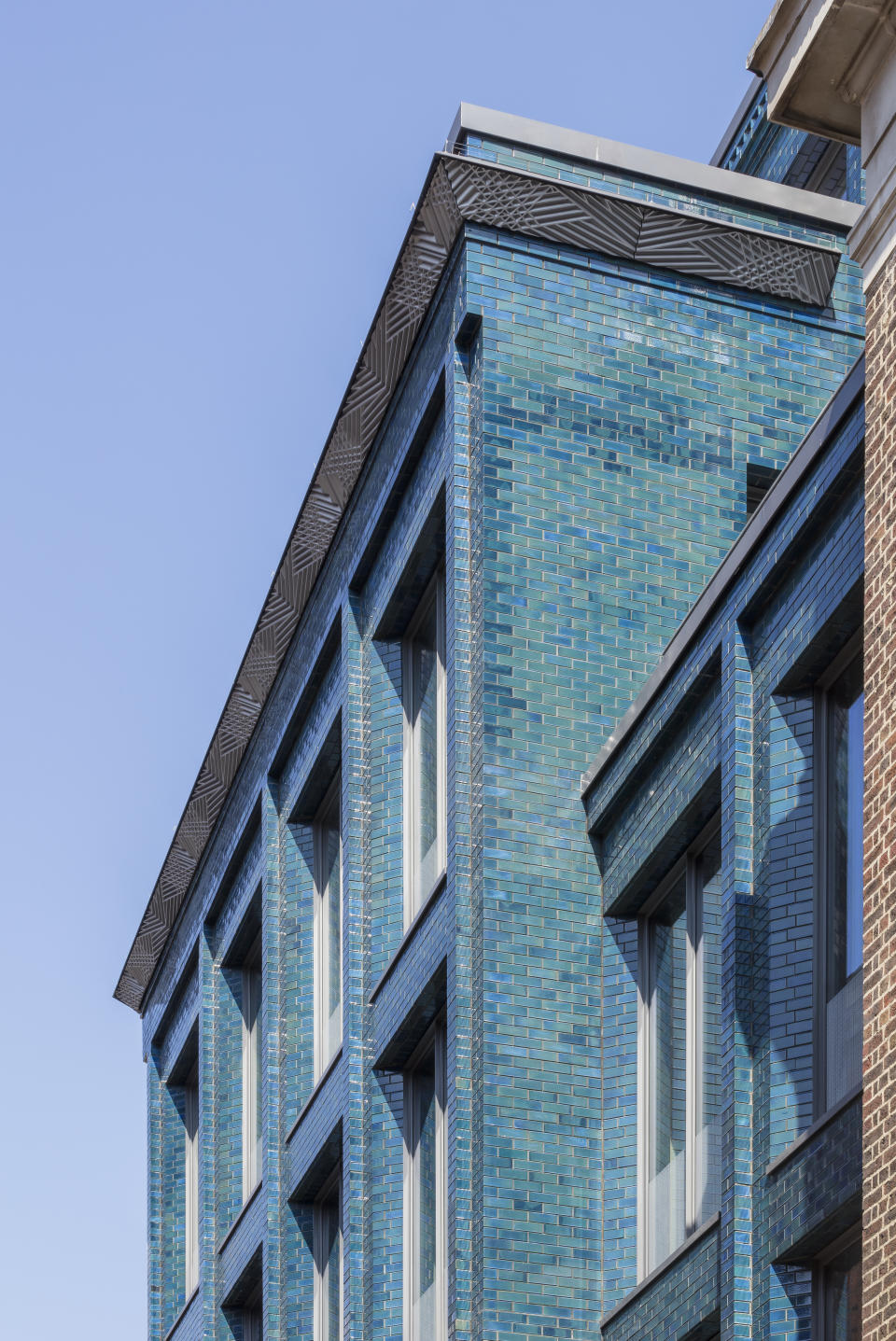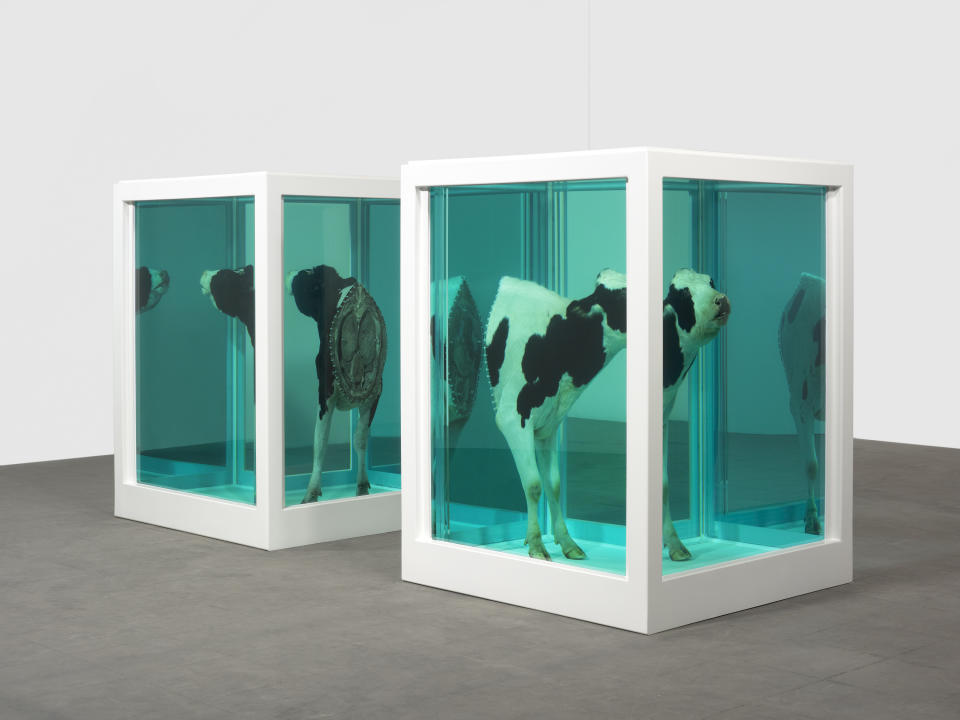Damien Hirst spent £40m on a former police building to house his pickled animal art

British artist Damien Hirst is most famed for his art that includes pickling animals. But the installation of a shark and a pickled cross-section of a cow aren’t exactly small fixtures and this is why Hirst has taken some time to find a home to showcase all his pieces of work.
In a statement sent to Yahoo Finance UK, Hirst bought a £40m ($51.7m) building in the heart of London’s Soho for his new flagship studio & art complex through his company Science (UK) Ltd. The 27,742 square feet Grade A commercial building was acquired from luxury commercial developers Enstar Capital and LandCap.
The building, located on the lucrative Beak Street, is as spectacular in its aesthetics as it is in price, with double height interiors, a private roofgarden, hotel style foyer, and marble washrooms modelled on those in the Savoy Hotel.

The history of the building is as fascinating as Hirst’s art. Originally built in 1901-1910, it was formerly occupied by an Edwardian-era Police Station and Police Section House.
It provided policing for Soho and accommodation for unmarried police officers and it was from here that the police were carried out investigations into the 1942 “Soho Ripper” murders, undertaken during the Blitz blackouts by serial killer Gordon Frederick Cummins.

The property is currently undergoing a major fit-out for the opening in the first quarter of next year.
The detail that has gone into every aspect is astounding. For example, the façade uses over 100 different glazed bespoke bricks, which use iridescent turquoise colouring that were carefully cultivated and manufactured in Holland.

But because artwork, like the cow piece below, are so large, Hirst needs voluminous double height space to not overcrowd the area. Subsequently, this will entail the second floor slab being removed, providing a vast double-height cathedral-like space. Furthermore, a special raised mezzanine deck which looks into the cathedral space, was created in order to provide a gallery space and break-out area for creative work and entertaining.

Once it is completed, it won’t just be home to Hirst’s artwork, but it’ll also provide accommodation, including stylish suites and walk-in showers, over basement, ground, and five upper floors.
“This project has been an incredible journey from inception to delivery,” said Farid Alizadeh, co-founder of Enstar Capital in a statement. “The result is extraordinary and a real architectural gem. We are delighted that our unique development will be home to the most celebrated living British artist.”

 Yahoo Finance
Yahoo Finance 
